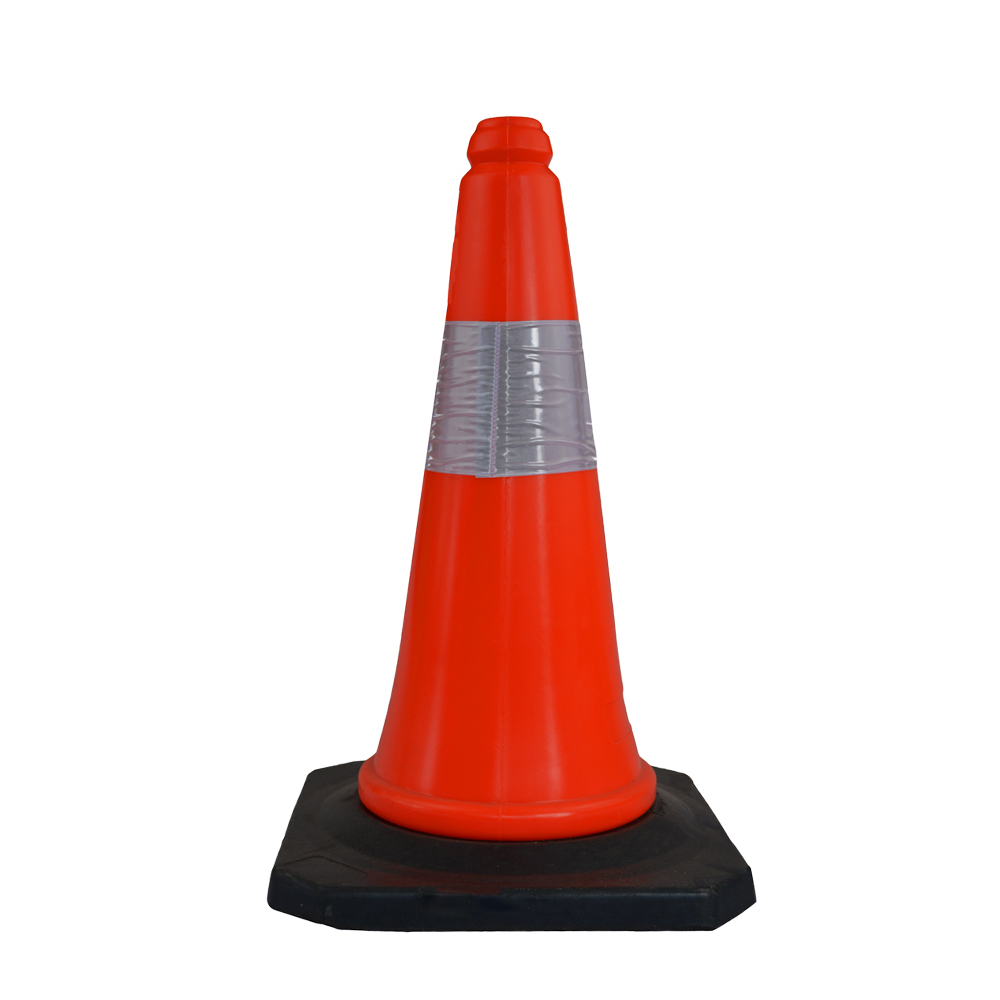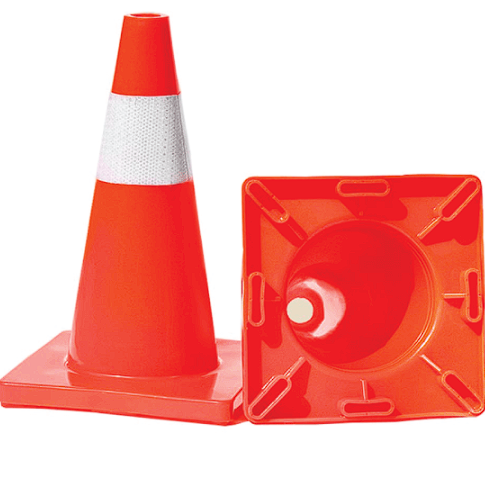Safety cones, frequently found in building locales and streets, assume an urgent part in guaranteeing public safety. They act as visual alarms to expected risks, directing the two people on foot and drivers the same. In this present reality where security is vital, these splendidly hued, effectively observable cones contribute altogether to mishap avoidance. We will explain what are the benefits and why do we use safety cones.

Benefits of Safety Cones
Safety cones, frequently found in building destinations, parking areas, and streets, fill a large number of needs. They are something other than simply traffic-coordinating devices. They assume a critical part in keeping up with safety and requests.
Injury Prevention
Safety cones are instrumental in forestalling wounds. They go about as obstructions that shield the two specialists and general society from possible risks. By obviously checking perilous regions, safety cones diminish the gamble of mishaps, guaranteeing everybody’s safety.
Enhanced Visibility
The brilliant shades of safety cones improve permeability. Whether it’s a hazy morning or a blustery evening, these cones stick out, making drivers and people on foot aware of likely dangers ahead. This expanded permeability can forestall mishaps and guarantee a smoother traffic stream.
Improved Organization
Safety cones further develop the association. In parking garages, they guide vehicles to accessible spaces. On occasion settings, they assist with overseeing swarm control. Safety cones smooth out developments and keep everything under control, making spaces more productive and easy to use.
Legal Compliance
using safety cones can assist elements with following legitimate necessities. Numerous wards order the utilization of safety cones in building destinations and during roadworks. Consistency with these regulations can forestall legitimate issues and possible fines.
The Historical Journey of Safety Cones
Safety cones, those radiant orange markers, have an entrancing history. We should research their beginnings, development, and capabilities.
Origins of Safety Cones
Safety cones, otherwise called traffic cones, took birth during the 1900s. Charles P. Rudabaker, an American, presented them in 1914. Initially, they were made of concrete and used to forestall mishaps around development zones. Over the long run, these cones have turned into a widespread image for security.
Evolution of Safety Cones Over Time
As years passed, safety cones developed fundamentally. The substantial cones were weighty and difficult to move. In this way, during the 1940s, a Los Angeles-based organization named Sealite developed a lighter rendition made of elastic. Afterwards, during the 1960s, plastic cones, which we regularly see today, were presented. They were lighter, more apparent, and climate-safe.
Functions of Safety Cones
- Hazard Warning: Cones go about as advance notice signs. They ready drivers and people on foot about possible dangers, similar to street work, potholes, or wet floors.
- Traffic Signal: Traffic cones assist with overseeing the vehicle stream. They guide drivers during street terminations, mishaps, or unique occasions.
- Boundary Marking: Cones mark limits in sports fields, parking areas, or during development work. They assist individuals with understanding where they can and can’t go.
- Directional Guidance: In enormous scenes or during crises, cones guide individuals towards ways out or doorways.

Types of Safety Cones
Safety cones, frequently seen in different settings, assume a significant part in guaranteeing safety and request.
A. Traditional Cones
Traditional Cones, normally orange and made of tough plastic, are a typical sight. They’re used for a huge number of purposes, from traffic lights to risk checking. Their brilliant variety and intelligent strips guarantee high permeability, even in a good way.
B. Collapsible Cones
Collapsible Cones offer similar usefulness as conventional cones however with added accommodation. They can be reduced to a reduced size, making them simple to store and ship. This component makes them ideal for portable crisis reaction groups.
C. Illuminated Cones
Illuminated Cones, outfitted with inward lighting, give improved permeability in low-light circumstances. They’re especially valuable during evening activities or in dim conditions.
D. Weighted Bases
Weighted Bases are intended to endure unforgiving atmospheric conditions. The additional weight guarantees they stay upstanding and set up, even in high breezes or weighty traffic.
Industries and Applications
Safety cones find applications in various industries:
- Construction Sites: On building locales, safety cones mark unsafe regions, guide vehicles, and safeguard laborers. They’re a fundamental piece of keeping up with safety guidelines on location.
- Roadwork Zones: In roadwork zones, safety cones guide traffic away from progressing work, lessening the gamble of mishaps. They’re much of the time used related to other traffic light gadgets.
- Parking Lots: In parking areas, safety cones hold spaces, guide drivers, and demonstrate persons on foot pathways. They assist with keeping everything under control and security.
- Sporting Events: At games, safety cones mark limits, guide members, and control swarms. They’re lightweight, versatile, and profoundly noticeable.
- Emergency Situations: In crisis circumstances, safety cones rapidly layout borders, guide traffic, and caution bystanders to likely risks.
Regulatory Standards
Several regulatory standards govern the use of safety cones:
- OSHA Regulations: The Word-related Safety and Safety Organization (OSHA) sets rules for safety cones used in the work environment, especially in building locales.
- DOT Guidelines: The Division of Transportation (Spot) gives rules for using safety cones to control traffic during roadwork.
- ANSI Standards: The American Public Guidelines Foundation (ANSI) sets norms for safety cone permeability, including prerequisites for variety and intelligent striping.
Last Words
Safety cones are a crucial apparatus in our day-to-day routines. Their dynamic permeability and widespread imagery make them a viable method for correspondence, guaranteeing safety in different situations. Whether it’s exploring a building site, directing traffic, or checking risky regions, safety cones are a demonstration of the maxim that counteraction is superior to fixing.
 ZIMAI Safety
ZIMAI Safety